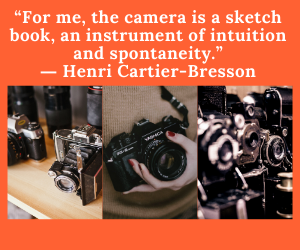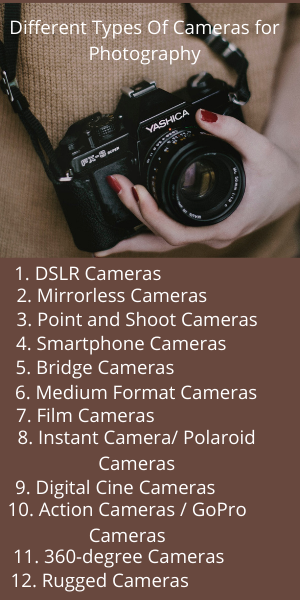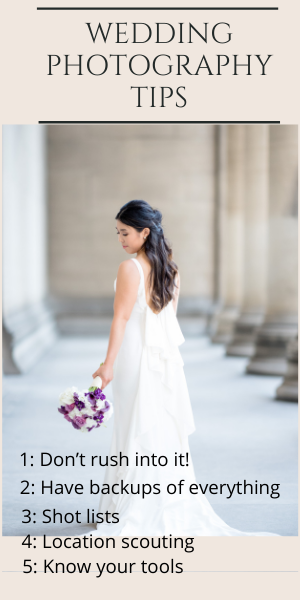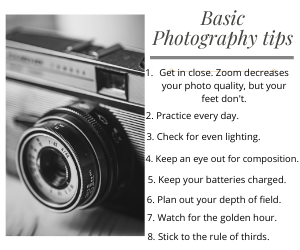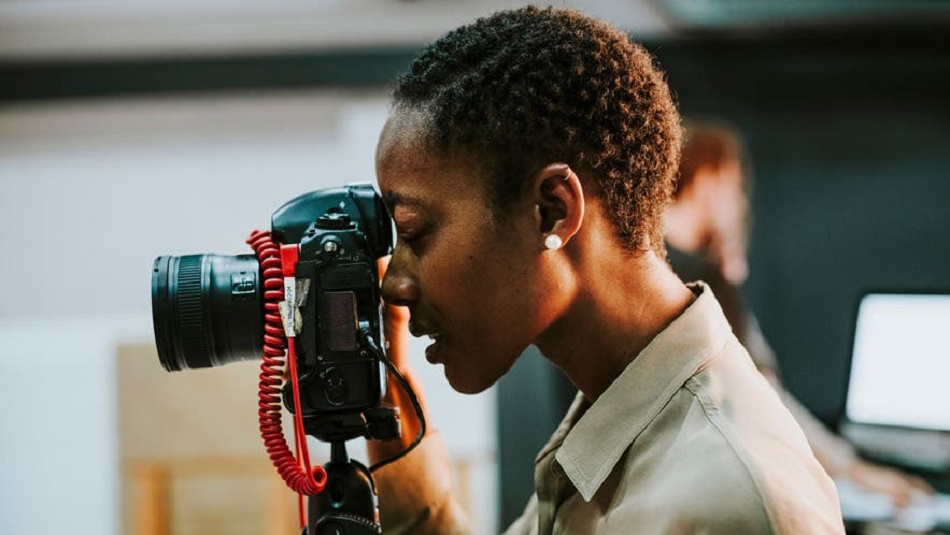
How to get into photography as a pro?
Many people ask me how to get started in professional photography and how I got started in photography. When I tell, I see that many people identify with my story. That’s why I came here to tell you how to leave the hobby to become a professional photographer. Keep watching and see the how to get into photography! I always liked photography. I took pictures all day with my friends. So, indirectly I already understood a little bit of light, framing, pose…
How to get into photography?
But it was a teenager thing, you know? I didn’t see photography as a profession. At the time, I wasn’t even trying to take a photo to be a photographer. I just wanted to take good pictures of myself and my friends.
If you are in this phase of discovering photography and want to know how to get started in professional photography, I have essential tips for you to start taking your first steps:
1. Change your mindset
The first step in professional photography is something I already talked about in the previous topic: you need to change your mindset. It’s no use thinking that working in photography is easy and that anyone can do it. Also, you may not think that the job is all about capturing and editing photos.
You need to see yourself as a company that must have quality service, financial planning, relevant content on social media, and get more customers. About this change in mindset, I’ll explain it better later in another topic.
2. Take courses
The second step is: take courses! Look for the courses closest to you in photography techniques. They can be online or in person. Today there are numerous courses on the market. So look for recommendations and ones that will be worth the investment.
There are photography colleges, elementary photography courses, technologists, courses, workshops, etc. Try to understand what will be beneficial for your purpose in photography.
3. Buy the necessary equipment
The third step is to buy the equipment you need. For example, before I started buying equipment like crazy, I took more courses. One of them was flash, so I could have a little more control over light, understand studio photography and the types of lighting, especially because I found it that I would work with fashion and product photography.
That’s why step 2, “Take courses,” is so important. Taking this course was a very good decision because it gave me an even better idea of the equipment I would need to buy. That’s why I advise you first to have a notion of the area you intend to work in before buying things, as you will probably spend money on something you don’t need.
So, the softboxes and light tripods that I wanted to buy, I already crossed off the list because I didn’t need to. With my mom’s help, I bought my first camera, which was a Nikon D90. It came with an 18-105 lens and I used this kit lens for a while until I bought the 50mm lens.
4. Do portfolio work
The fourth step is to do a lot of portfolio work. For example, when I wanted to start my career, I called several friends to take pictures, which I think is cool! I learned a lot from photographing people I was comfortable with.
It was serious, but it felt like fun, you know? I was there training, learning, and having fun at the same time. Was it free work? Yes. But it had a benefit FOR ME too. As I was practicing and learning, we need to look at it the other way around. I wasn’t giving a rehearsal for free.
A friend was making her time available to pose for me, for me to train, to create, for me to make my portfolio. There’s all the difference between inviting a friend to take pictures for you to make a portfolio and train, then having a person see the photos you’re taking, asking you for a quote, and saying, “Oh, it’s free, I’m just training.”
So you are devaluing your time and your work. You never think your work is good enough to have a price to pay by giving it away. As a result, it takes much longer for you to arrive at your price. Consequently, it takes longer to reach your ideal audience and reach a cool price to start working with photography officially.
After several such portfolio trials, each with a friendly model, each in a scenario, testing different times, I started to want to publish something. I also went to some rehearsals with photographer friends who helped me a lot! So, I could see what a real shoot was like and take a photo to have more portfolio and experience.
5. Find out which area of photography you like best
The fifth step is to find out which area of photography you like best. My process was like this: I did a little bit of everything in photography.
I went to weddings as an assistant. Then I was a twenty-fourth photographer (and I hated it), I watched fashion rehearsals with several productions. I took a baby picture (with the mother handling everything. Because I was terrified of doing something wrong). I took a photo of the family, older children and everything I could until I understood and found myself.
You may also like to read, 10 tips for unforgettable underwater photography
